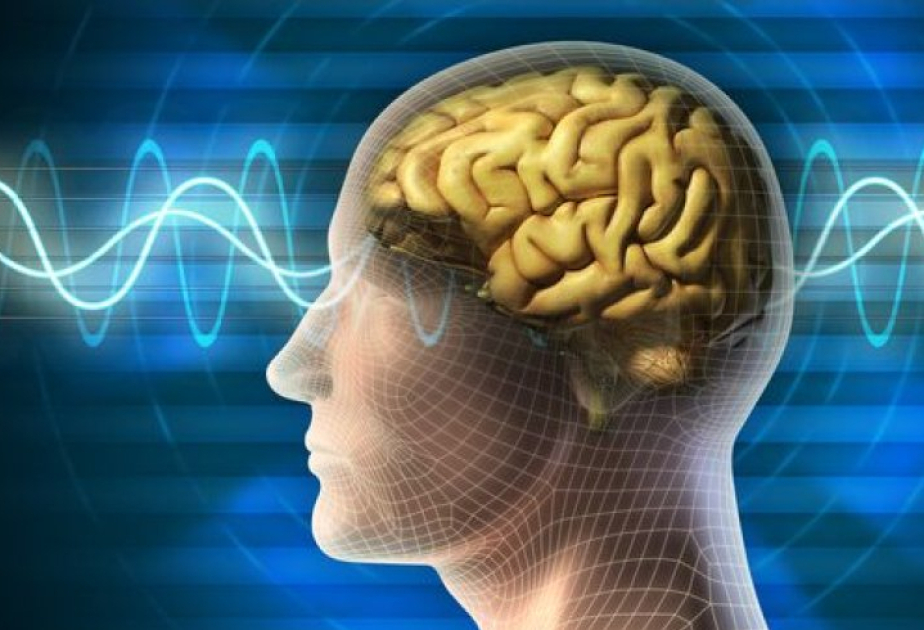Tiny plastic particles are accumulating in human tissues at increasingly higher levels, a new study published in the journal Nature Medicine on Monday shows, according to Daily Sabah.
The study, led by Matthew Campen of the University of New Mexico, shows significantly higher levels of plastic nano and microparticles in the liver and brain of deceased people in 2024 compared to those studied in 2016.
The contamination was particularly high in the brain, with levels up to 30 times higher than in other organs such as the liver or kidneys, according to the study.
While microplastics have previously been detected in organs like the lungs, intestines, and even the placenta, conventional microscopy typically only identifies particles larger than 5 micrometers. This excludes smaller nanoparticles that may be present, according to the authors of the study.
A micrometer is a thousandth of a millimeter, and a nanometre is a millionth of a millimeter.
Campen's team employed advanced infrared and electron microscopy, allowing them to detect these smaller particles more accurately.
The researchers analyzed tissue samples from 24 deceased individuals in 2024 and compared them with 28 samples from 2016.
While levels of plastic nano and microparticles in the kidneys remained largely unchanged, the liver and brain increased.
The study also identified alarming levels of microplastics in the brains of people diagnosed with dementia.
Twelve brain samples collected between 2019 and 2024 contained between 12,000 and 48,000 micrograms of plastic per gram of tissue.
However, the researchers said that these findings are associative and do not establish a direct cause-and-effect relationship.




















